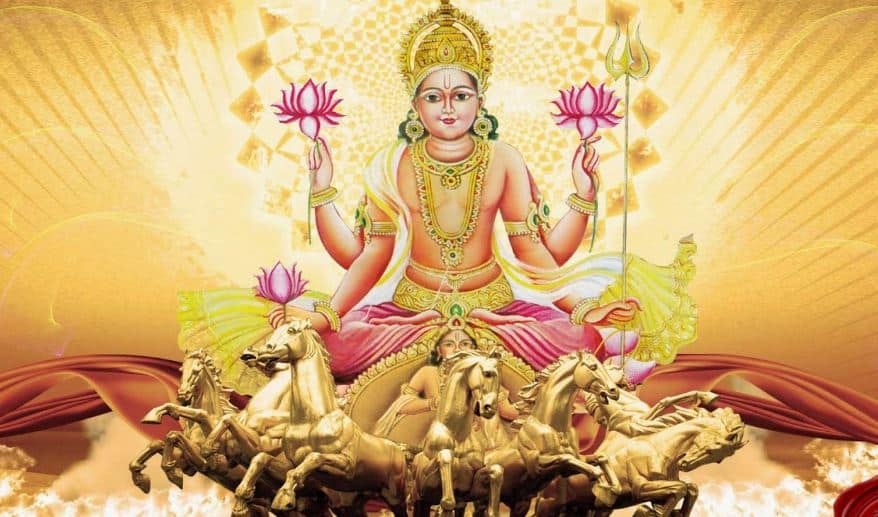

Narayana is also described in the Bhagavad Gita as having a universal form ( Vishvarupa) which is beyond the ordinary limits of human perception or imagination. The epic identifies them both in plural 'Krishnas', or as part incarnations of the earlier incarnations of Vishnu, recalling their mystical identity as Nara-Narayana. In the Mahabharata, Krishna is also synonymous with Narayana and Arjuna is referred to as Nara. Mahabharata (translated by Kisari Mohan Ganguli, 1883-1896), Book 3, Varna Parva, Chapter CLXXXVIII (188) They move not according to their will but as they are moved by me. Governed by my ordinance, men wander within my body, their senses overwhelmed by me. And, O Brahmana, whatever is obtained by men by the practice of truth, charity, ascetic austerities, and peace and harmlessness towards all creatures, and such other handsome deeds, is obtained because of my arrangements. Space with the cardinal points are my body, and the Air is my mind. Fire is my mouth, the earth my feet, and the Sun and the Moon are my eyes the Heaven is the crown of my head, the firmament and the cardinal points are my ears the waters are born of my sweat. And, O best of regenerate ones, I am he called Dhatri, and he also that is called Vidhatri, and I am Sacrifice embodied. I am Siva, I am Soma, and I am Kasyapa the lord of the created things. I am king Vaisravana, and I am Yama, the lord of the deceased spirits. I am Vishnu, I am Brahma and I am Shankar, the chief of the gods. I am the Creator of all things, and the Destroyer also of all. I am Narayana, the Source of all things, the Eternal, the Unchangeable. According to Madhvacharya, Vishnu has five vyuhas, named Narayana, Vasudeva, Sankarshana, Pradyumna and Aniruddha, which evolve one after the other in the development of the universe. They are mechanisms by which the universe is ordered, was created, and evolves.

The Vyuhas have their basis in the Pancharatras, a sectarian text that was accepted as authoritative by both the Vishishtadvaita and Dvaita schools of Vedanta. p. 359 "Madhvacharya separates Vishnu's manifestations into two groups: Vishnu's vyuhas (emanations) and His avataras (incarnations). Narayana himself annihilates the universe at the end of Maha-Kalpa as Kalagni Rudra who is presiding deity of tamas- guna.Īccording to the Bhagavata Purana, Purusha Sukta, Narayana Sukta, and Narayana Upanishad from the Vedas, he is the ultimate soul.Īccording to Madhvacharya, Narayana is one of the five Vyuhas of Vishnu, which are cosmic emanations of God in contrast to his incarnate avatars. The Bhagavata Purana declares Narayana as the Supreme Personality of Godhead who engages in the creation of 14 worlds within the universe Brahma who is Deity of rajas- guna, himself sustains, maintains and preserves the universe as Vishnu by accepting sattva- guna. Īs per texts like the Vishnu Purana, Bhagavata Purana, Garuda Purana and the Padma Purana, Narayana is Vishnu himself who incarnates in various avatars.Īccording to the Bhagavad Gita, he is also the "Guru of the Universe". He is also known as Purushottama and is considered the Supreme being in Vaishnavism. Narayana ( Sanskrit: नारायण, IAST: Nārāyaṇa) is one of the forms and names of Lord Vishnu, who is in yogic slumber under the celestial waters, referring to the masculine principle.


 0 kommentar(er)
0 kommentar(er)
